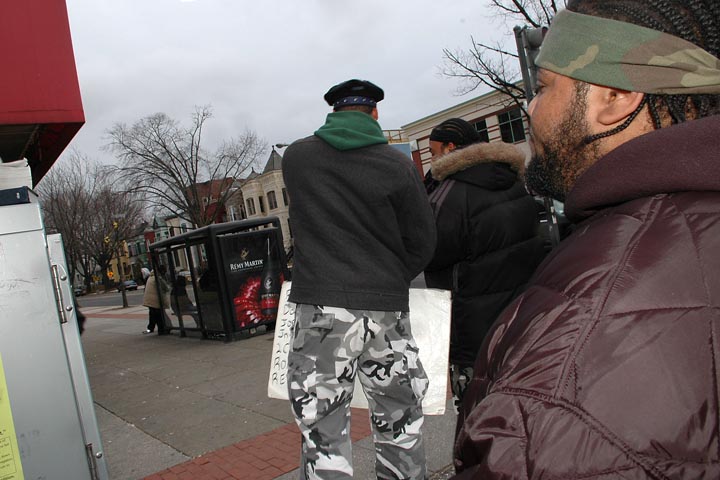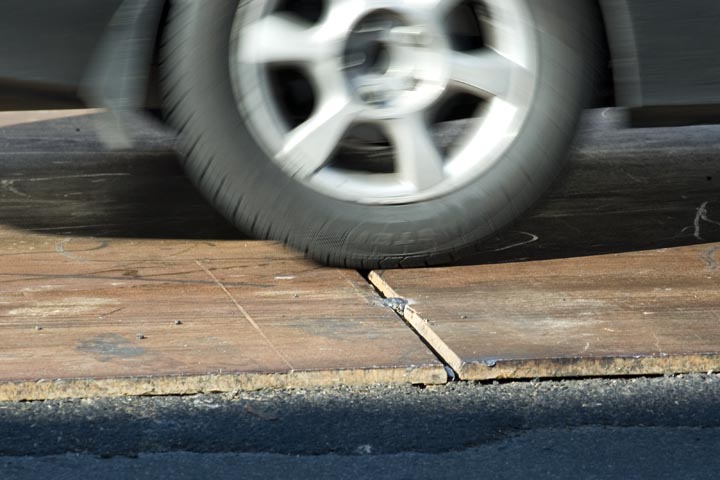A busy work schedule finally eased, and I can catch up--though Inked at
Frozen Tropics caught this Feb. 27
Washington Times story before I did.
Reporter Gary Emerling
interviews a representative of the Israeli School of Universal Practical Knowledge (ISUPK), one of the groups who uses an amplifier to blast the H and 8th St NE community with noncommercial amplified speech every weekend.
The representative,
Yahanah, is a fellow with whom I’ve had civil conversations in the past. His comments in the Times story may sound reasonable, but his words are a stark contrast to the group’s actions, which I’ve documented in this “Quest for Quiet” blog for more than a year.
In other words, he’s not walking the talk. If he and his group are as reasonable as Yahanah claims in the
Washington Times story, then why does this issue continue to fester?
First, the H and 8th St NE residents and businesses support free speech, assembly and religion. Despite Yahanah’s comments, the community wants no person or group barred from any corner—as long as they follow the law. We NEVER have wavered from this position. Divergent views and opinions are a cherished part of a democracy.
Of course I may not agree with everything that the various groups say on the corner—or columnists print in the newspaper or talk show hosts blab on the radio and television—but I should not be forced to listen to it. Or forced to read it. Or forced to watch it.
As far back as the
fall of 2004, residents and an
ANC commissioner personally asked the ISUPK to reduce the volume. Rudely rebuffed, neighbors had no alternative but to request help from D.C. noise inspectors. They cited the ISUPK for noise violations on three separate occasions for fines totaling $3,000.
The H and 8th St NE community has reached out. We’ve tried a mediation meeting. These efforts have been ignored by the ISUPK. How many times must we try, Yahanah?
Alas, the citations were apparently thrown out after the D.C. Office of Attorney General determined city statutes had a loophole, which allows no decibel limits on noncommercial amplified speech.
Other groups (
Rev. Dallas Williams,
Evangelist Woodward, the
Nation of Islam) do assemble and sometimes use huge amplifiers at H and 8th Streets NE. They cooperate when residents ask that the noise volume be reduced.
However, I’ve never heard amplified gospel music, as Yahanah claims. The D.C. noise loophole protects amplified noncommercial speech on public corners—not recorded music. I’m quite confident such peace disturbing antics also would elicit complaints from neighbors and businesses. And I love gospel music.






